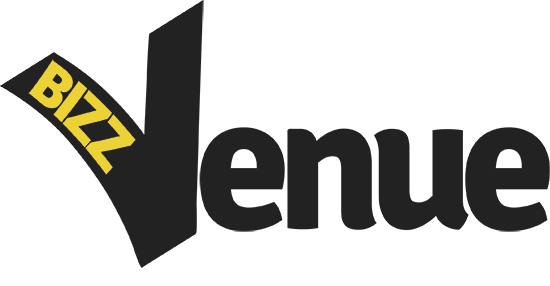
Confidence among chief executives of American-based companies has just experienced one of the largest single-quarter gains in history, up by 4.2 points in the quarterly YPO Global Pulse survey. Why? By now it’s easy to just say “Trump.” Here’s an underappreciated part of that business optimism story.
Last week President Donald Trump signed an executive order requiring that for every new federal regulation that’s adopted, two old ones must be scrapped. This goes a step further than Canada’s One-for-One Rule, implemented in 2012. It managed to save Canadian businesses more than $22 million and 290,000 compliance hours between 2012 and 2014 alone, according to the Government of Canada.
Such a rule has been long overdue in U.S. regulations — or indirect taxation, as I call them — which often stand in the way of growth and create economic friction. The libertarian think tank Competitive Enterprise Institute calculates that the annual cost of regulations amounts to a jaw-dropping $1.9 trillion, a figure that in 2014 exceeded the $1.7 trillion collected in federal income taxes.
“In fiscal year 2015, Americans spent 9.78 billion hours complying with federal regulations.”
-U.S. Office of Management and Budget, 2015 report
Because these numbers are so large, they can be hard to conceptualize. It isn’t until you look at cost per employee that you realize just how burdensome these hidden taxes really are. In 2012, the last year such data is available, companies in every industry paid an average $9,991 per employee per year, according to the National Association of Manufacturers. That means if you ran a business with 100 employees, you paid close to $1 million every year just to comply with federal laws and regulations. That’s $1 million you could have put toward new business growth and salaries instead.
Then there’s the paperwork. In fiscal year 2015, Americans spent a whopping 9.78 billion — yes, billion — hours complying with federal regulations, according to a recent report from the U.S. Office of Management and Budget. That’s up nearly 4 percent from 2014.
Don’t get me wrong. Regulations are often well intentioned and necessary to create a level playing field. But when they grow too large in number and scope, it’s a little like having more referees than players on the basketball court.
This is a global phenomenon, to be sure — a contagion that knows no borders. In a 2014 survey conducted by PWC’s Centre for the Study of Financial Innovation, global financial leaders cited regulatory pressure as the No. 1 impediment to financial growth, followed by political interference. It’s still near the top of the list in a more recent update of the survey.
Having said all that, Trump’s pledge to rein in the growth of federal regulations is undoubtedly one of the key reasons why business sentiment is surging in the United States right now.
Despite an economically slow fourth quarter in 2016 — U.S. GDP grew at a disappointing 1.9 percent — the 4.2-point increase in confidence among CEOs of American companies makes them more optimistic now than they’ve been in nearly five years. The YPO Global Pulse survey confidence reading of 64.6 comes within half a point of its record high in April 2012.



